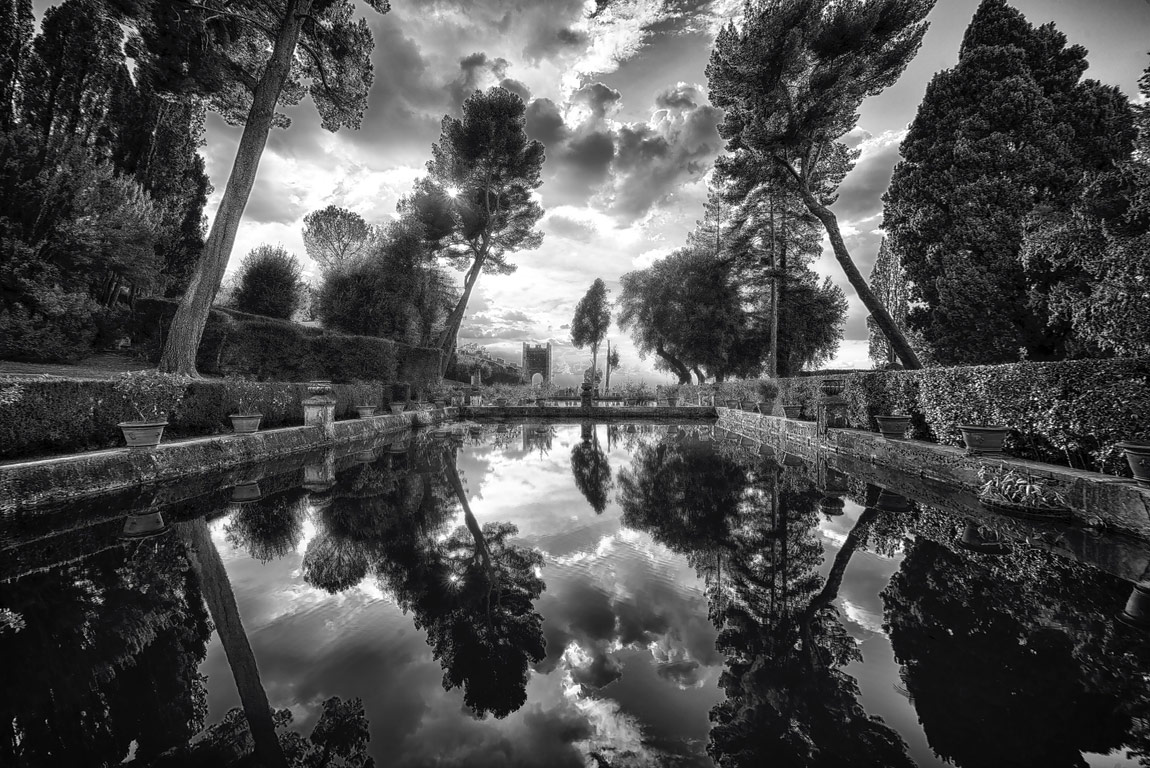How do you turn a picture into a work of art? If the answer to this seemed as simple as the question, then shelves would not be filled with books on "what is art". The only way to plan a work of art is to preview it with the inner eye, sometimes called pre-visualisation, a term Anselm Adams may have coined for photography. Despite all the planning that expertise with the camera and experience with the subject matter provides, I believe that a good part of the success of an image as a work of art is due to a coincidence located in the artist.
An ordinary RAW image delivers only light-dark values, representable in colour by the BAYER pattern, with a distribution that does not correspond to our natural vision. That is why we have learnt how to cope with an extensive dynamic range of light with exposure series and their evaluation in electronic post-processing. Software-based representation helps us to get a good overview of the data, but it can mislead us with incorrect light distributions. Moreover, the purely manual evaluation of exposure series plunges us into the problem of dealing with structures that contrast brightness and colour simultaneously and, therefore, cannot be worked out clearly and distinctly. An unfavourable colour contrast can make a picture seem downright dull and redundant.
In the garden of the Villa d'Este, I found the light situation stunning, the reflections magnetic, and the trees magnificent. Unfortunately, the processing as a colour HDR seemed annoying to me, despite the combined manual and software-based processing. Only the transformation into a black-and-white image created a pleasing effect as a work of art, which I had not anticipated in its entirety.


